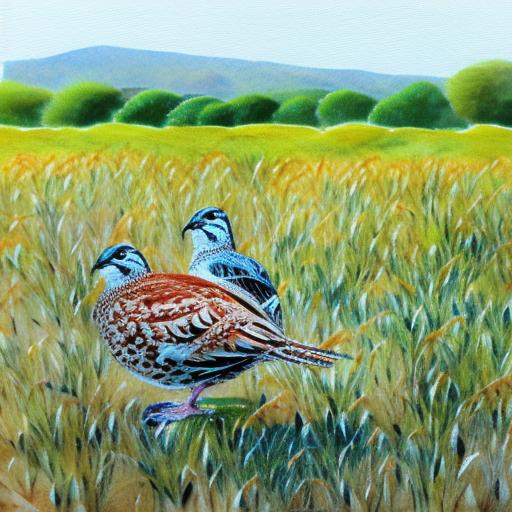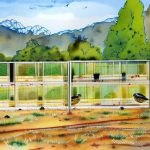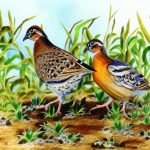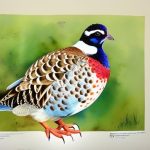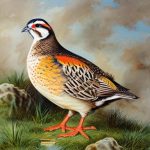Quail breeding in Australia is a fascinating natural phenomenon that occurs during the spring and summer months. The breeding season for quails typically begins in September and lasts until February, with peak breeding activity occurring in October and November. During this time, male quails engage in elaborate courtship displays to attract females, including calling, strutting, and puffing out their feathers. Once a female is attracted, the pair will engage in a brief courtship before mating takes place. After mating, the female will seek out a suitable nesting site, typically on the ground in dense vegetation, where she will lay a clutch of eggs. The eggs are then incubated for approximately 16-18 days before hatching, at which point the chicks are precocial and able to leave the nest shortly after hatching.
The breeding season is a critical time for quails, as it is essential for the survival and growth of their populations. Understanding the timing and behaviors associated with the breeding season is crucial for conservation efforts and for those interested in breeding quails in captivity. By understanding the natural breeding cycle of quails, breeders can ensure that they provide the appropriate conditions and care to support successful breeding and the health of the offspring.
Key Takeaways
- Quail breeding season in Australia typically occurs during the warmer months, from September to March.
- Factors affecting quail breeding in Australia include habitat loss, predation, and climate change.
- Quail breeding is important for conservation efforts as it helps maintain biodiversity and ecosystem balance.
- Tips for successful quail breeding in Australia include providing suitable habitat, managing predators, and monitoring population health.
- Challenges and threats to quail breeding in Australia include habitat destruction, invasive species, and disease outbreaks.
Factors Affecting Quail Breeding in Australia
Several factors can affect quail breeding in Australia, including environmental conditions, habitat loss, predation, and human activities. One of the most significant factors affecting quail breeding is habitat loss and fragmentation. As natural habitats are cleared for agriculture, urban development, and other human activities, quail populations are increasingly confined to smaller and more isolated areas, making it more challenging for them to find suitable nesting sites and resources. Additionally, habitat fragmentation can lead to increased predation on quail nests and chicks, further impacting breeding success.
Environmental conditions such as rainfall and temperature can also influence quail breeding. Adequate rainfall is essential for providing suitable nesting sites and food resources for quails, while extreme temperatures can impact the survival of eggs and chicks. In some cases, drought conditions can lead to a decrease in breeding activity as quails struggle to find sufficient resources to support reproduction.
Human activities, such as agriculture and land management practices, can also impact quail breeding. Pesticide use, grazing practices, and land clearing can all have negative effects on quail populations by reducing food availability, destroying nesting sites, and increasing predation pressure. Understanding these factors is crucial for conservation efforts aimed at protecting quail populations and promoting successful breeding in Australia.
The Importance of Quail Breeding for Conservation Efforts
Quail breeding plays a vital role in conservation efforts in Australia by helping to maintain healthy populations of these small game birds. As an important part of the ecosystem, quails contribute to biodiversity and ecosystem functioning through their roles as seed dispersers, insect predators, and prey for other species. By promoting successful quail breeding, conservationists can help ensure the continued presence of these important ecological functions.
In addition to their ecological importance, quails also hold cultural and recreational significance for many people in Australia. They are a popular game bird for hunting enthusiasts and provide opportunities for outdoor recreation and wildlife observation. By supporting successful quail breeding, conservation efforts can help maintain these cultural traditions and recreational opportunities for future generations.
Furthermore, quail breeding can serve as an indicator of environmental health and habitat quality. Monitoring quail populations and breeding success can provide valuable insights into the state of the environment and help identify areas in need of conservation attention. By focusing on promoting successful quail breeding, conservation efforts can contribute to broader goals of protecting biodiversity and preserving natural ecosystems in Australia.
Tips for Successful Quail Breeding in Australia
For those interested in breeding quails in Australia, there are several key tips to consider to promote successful breeding outcomes. First and foremost, providing suitable habitat is essential for supporting quail breeding. This includes maintaining areas of dense vegetation for nesting sites, as well as providing access to food resources such as seeds, insects, and small invertebrates. Creating a diverse habitat with a mix of grasses, shrubs, and trees can help attract quails and provide the necessary resources for successful breeding.
In addition to habitat management, minimizing disturbances is crucial for supporting quail breeding. This includes reducing human activities such as off-road vehicle use, livestock grazing, and other disturbances that can disrupt nesting sites and cause stress to quails. By minimizing disturbances, breeders can create a more favorable environment for successful breeding and chick rearing.
Finally, providing supplemental food and water sources can help support quail breeding during times of limited resources. This can include setting up feeding stations with seeds and grains, as well as providing access to clean water sources. By ensuring that quails have access to essential resources, breeders can help support successful breeding outcomes and the health of the population.
Challenges and Threats to Quail Breeding in Australia
Despite the importance of quail breeding, there are several challenges and threats that impact the success of breeding efforts in Australia. Habitat loss and fragmentation continue to be significant threats to quail populations, as natural habitats are cleared for agriculture, urban development, and other human activities. As suitable nesting sites become increasingly scarce, quails face greater challenges in finding suitable locations to lay their eggs and raise their young.
Predation is another significant threat to quail breeding success. Nest predation by introduced species such as foxes, cats, and rats can have devastating effects on quail populations by reducing hatching success and chick survival rates. Additionally, predation on adult quails can impact breeding pairs and further reduce reproductive success.
Climate change poses additional challenges to quail breeding in Australia. Changes in temperature and rainfall patterns can impact the availability of food resources and nesting sites for quails, leading to decreased breeding success. Extreme weather events such as droughts or heatwaves can also have direct impacts on egg viability and chick survival.
Addressing these challenges and threats is crucial for promoting successful quail breeding in Australia. Conservation efforts focused on habitat restoration, predator control, and climate change adaptation can help support healthy quail populations and ensure the continued success of breeding efforts.
The Role of Quail Breeding in Australia’s Ecosystem
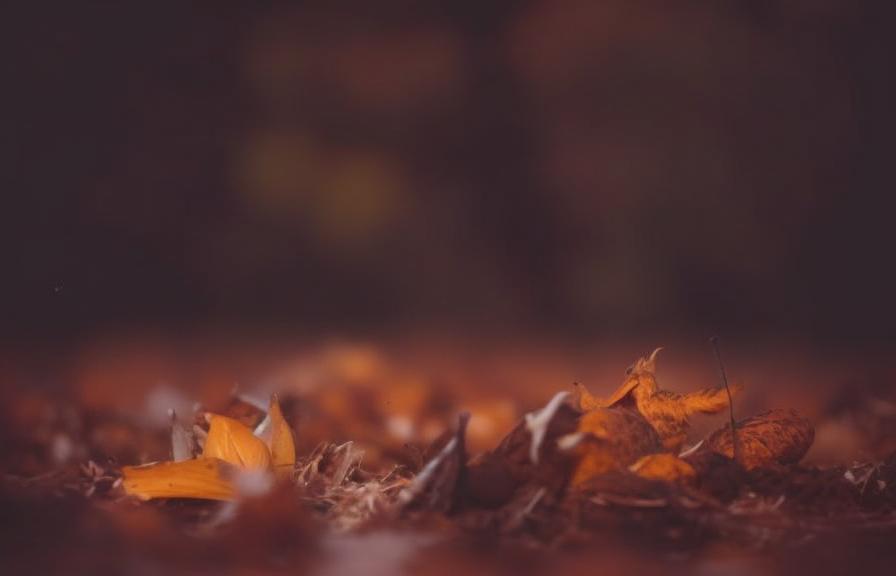
Quail breeding plays a significant role in Australia’s ecosystem by contributing to biodiversity, ecosystem functioning, and ecological processes. As seed dispersers, quails play a crucial role in maintaining plant diversity by consuming seeds from a variety of plant species and dispersing them across the landscape through their droppings. This helps promote plant regeneration and colonization of new areas, contributing to the overall health and diversity of plant communities.
In addition to their role as seed dispersers, quails also contribute to ecosystem functioning through their predation on insects and small invertebrates. By consuming a variety of invertebrates, including pests such as snails and slugs, quails help regulate insect populations and contribute to pest control in agricultural landscapes. This can have positive effects on crop production and reduce the need for chemical pest control methods.
Furthermore, quails serve as an important food source for a variety of predators, including raptors, snakes, and mammals. By providing prey for these species, quails contribute to the functioning of food webs and support the survival of other wildlife species. Their presence as prey species also contributes to the overall balance of predator-prey dynamics within ecosystems.
Overall, quail breeding plays a vital role in maintaining healthy ecosystems in Australia by contributing to biodiversity, ecosystem functioning, and ecological processes. Protecting and promoting successful quail breeding is essential for supporting the overall health and resilience of natural ecosystems.
Future Outlook for Quail Breeding in Australia
The future outlook for quail breeding in Australia is influenced by a range of factors, including habitat conservation efforts, predator control measures, climate change impacts, and human activities. As conservation efforts continue to focus on protecting natural habitats and restoring degraded landscapes, there is potential for positive outcomes for quail breeding success. By creating more favorable habitat conditions and reducing disturbances, conservationists can help support healthy quail populations and promote successful breeding outcomes.
However, ongoing threats such as habitat loss, predation pressure, and climate change impacts pose significant challenges to the future outlook for quail breeding in Australia. Addressing these threats will require coordinated efforts from government agencies, conservation organizations, land managers, and local communities to implement effective conservation strategies. This may include habitat restoration projects, predator control measures, climate change adaptation strategies, and public education initiatives aimed at raising awareness about the importance of quail breeding.
In conclusion, the future outlook for quail breeding in Australia will depend on the collective efforts of individuals and organizations dedicated to protecting these small game birds and their natural habitats. By addressing key threats and challenges while promoting habitat conservation and restoration efforts, there is potential to support healthy quail populations and ensure successful breeding outcomes for years to come.
If you’re interested in learning more about quail breeding season in Australia, you might also want to explore the topic of chicken coops. Poultry Wizard has a helpful article on what kind of coop is best for chickens, which provides valuable insights into creating a suitable environment for your poultry. Understanding the importance of a well-designed coop can contribute to the overall success of your quail breeding endeavors.
FAQs
What is the breeding season for quails in Australia?
The breeding season for quails in Australia typically occurs during the warmer months, from September to March. This is when the birds are most active and likely to breed.
How do quails breed in Australia?
Quails in Australia typically breed by forming monogamous pairs during the breeding season. The female quail will lay eggs in a shallow depression on the ground, and both parents will take turns incubating the eggs.
How many eggs do quails lay during the breeding season in Australia?
Female quails in Australia can lay anywhere from 6 to 18 eggs during the breeding season, with an average of around 12 eggs per clutch.
What is the incubation period for quail eggs in Australia?
The incubation period for quail eggs in Australia is typically around 16 to 18 days. Both the male and female quail take turns incubating the eggs until they hatch.
What should be the ideal conditions for quail breeding in Australia?
Ideal conditions for quail breeding in Australia include providing a suitable habitat with plenty of cover and access to water. Additionally, ensuring a balanced diet and minimizing stress factors can contribute to successful breeding.
Meet Walter, the feathered-friend fanatic of Florida! Nestled in the sunshine state, Walter struts through life with his feathered companions, clucking his way to happiness. With a coop that’s fancier than a five-star hotel, he’s the Don Juan of the chicken world. When he’s not teaching his hens to do the cha-cha, you’ll find him in a heated debate with his prized rooster, Sir Clucks-a-Lot. Walter’s poultry passion is no yolk; he’s the sunny-side-up guy you never knew you needed in your flock of friends!

